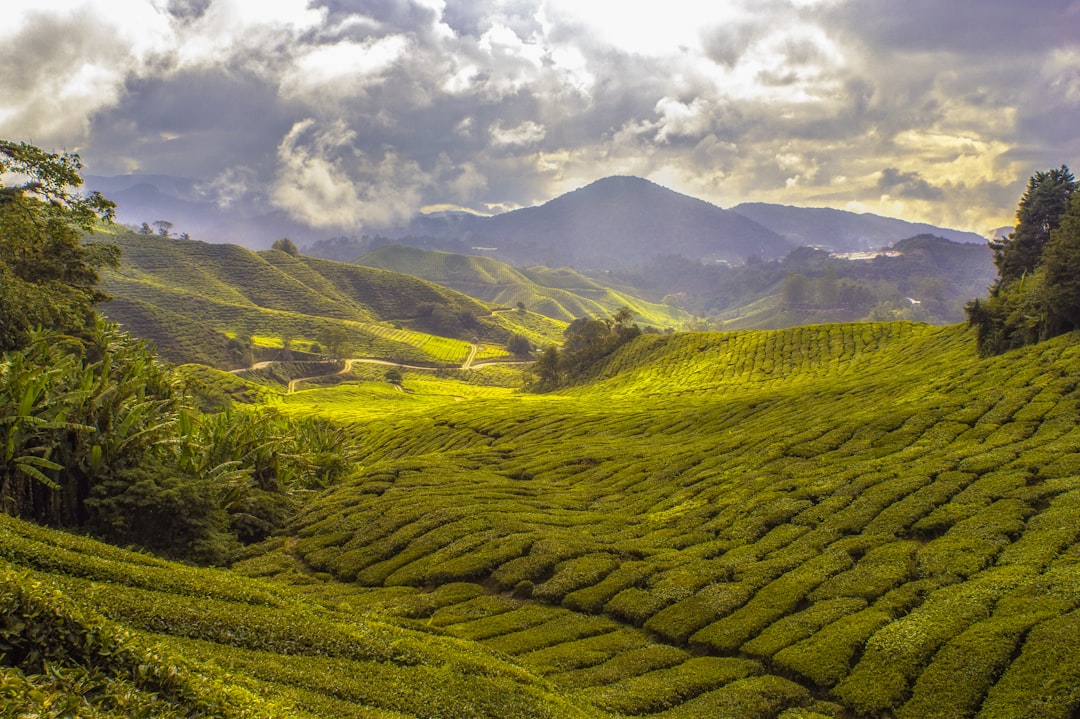What is it about?
Tropical snappers, a popular target for recreational fishers, were found to use seaweed meadows as nursery habitats, before later moving to nearby coral reefs as adult fish. The supply of new baby snappers to these nursery habitats was linked to climate (El Nino Southern Oscillation), while their abundance and survival was closely linked to the quality of nursery habitats (e.g. seaweed canopy height, cover and density).
Featured Image
Why is it important?
Our findings allow us to better predict yearly changes in coastal fish population sizes that arise from climate change and habitat quality, which is essential for adaptive fisheries management and the conservation of key marine habitats.
Perspectives
Seaweeds are often an under-appreciated part of our coastal environments. Our work shows the important role that seaweed habitats play in the replenishment of fish populations that so many people enjoy catching and eating.
Dr Christopher J Fulton
Australian National University
Read the Original
This page is a summary of: Climatic conditions and nursery habitat quality provide indicators of reef fish recruitment strength, Limnology and Oceanography, March 2017, Wiley,
DOI: 10.1002/lno.10540.
You can read the full text:
Contributors
The following have contributed to this page










